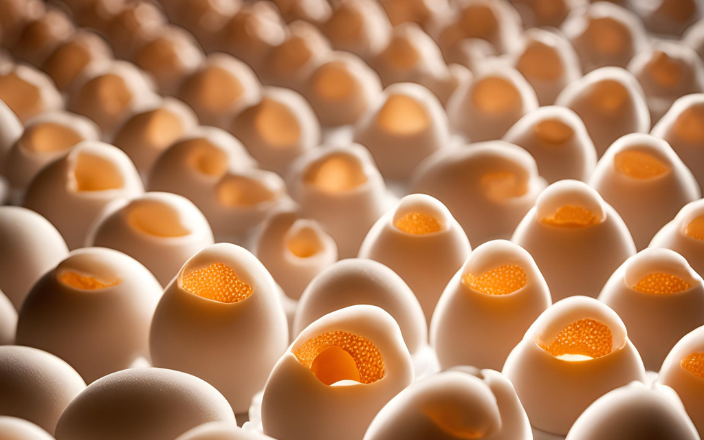Content available at: Indonesia (Indonesian)
In-ovo sexing technology is rapidly gaining momentum in the poultry sector, driven by ethical concerns, legislative changes, and technological advancements. This innovative approach allows the sex of chick embryos to be determined while still in the egg, thereby preventing the hatching and subsequent culling of male chicks, a practice that has long been a source of ethical debate.
Ethical and legislative drivers
The primary driver behind the adoption of in-ovo sexing is the ethical concern associated with the culling of male chicks. Each year, billions of male chicks are culled globally because they do not lay eggs and are not suitable for meat production. This practice has faced increasing scrutiny from animal welfare organizations and the general public. In response, several countries, particularly in Europe, have introduced legislation to ban the culling of male chicks. Germany was the first to implement such a ban in January 2022, followed by France and Italy. These legislative changes have accelerated the adoption of in-ovo sexing technologies as hatcheries seek compliant and ethical alternatives.
Technological advancements
Recent advancements in in-ovo sexing technology have significantly improved its accuracy and efficiency. These methods utilize hyperspectral imaging combined with artificial intelligence (AI) to analyze the eggs, ensuring that only female chicks are hatched. This not only addresses ethical concerns but also enhances operational efficiency by reducing the resources spent on hatching and culling male chicks.
Market adoption and economic impact
The market penetration of in-ovo sexing technology has seen a notable increase. As of April 2024, approximately 20% of the hens in the European Union were sexed in-ovo, up from 15% in September 2023. This growth is expected to continue as more hatcheries adopt the technology. The economic impact of this technology is also significant. While the initial cost of implementing in-ovo sexing was high, technological improvements and economies of scale have led to a reduction in costs. The price of in-ovo sexing has decreased from €4.00 per male bird in 2022 to approximately €3.10 per male bird in 2024.
Future prospects
The future of in-ovo sexing looks promising, with ongoing research and development aimed at further improving the technology. Innovations such as the use of Transformer attention architectures in AI are being explored to enhance the accuracy and applicability of in-ovo sexing across different breeds of hens. As consumer demand for ethically produced eggs continues to rise, and as more countries consider legislation to ban male chick culling, the adoption of in-ovo sexing is likely to expand globally.
In conclusion, in-ovo sexing represents a significant advancement in the poultry industry, addressing long-standing ethical concerns while also improving operational efficiency. With continued technological innovation and increasing market adoption, in-ovo sexing is set to become a standard practice in the global poultry sector.
Sources: Available upon request.

